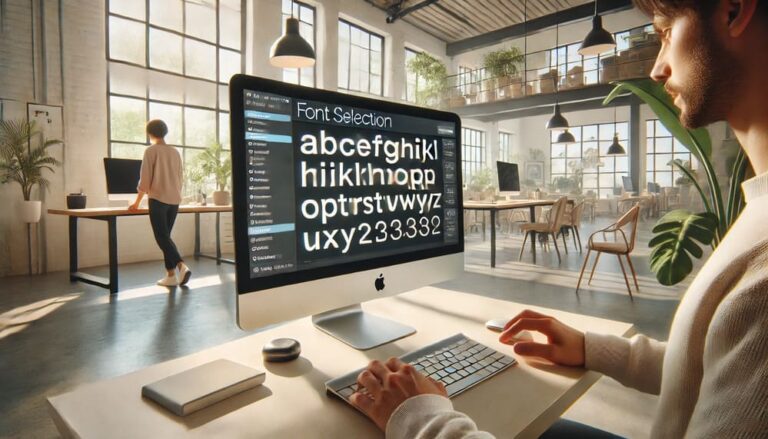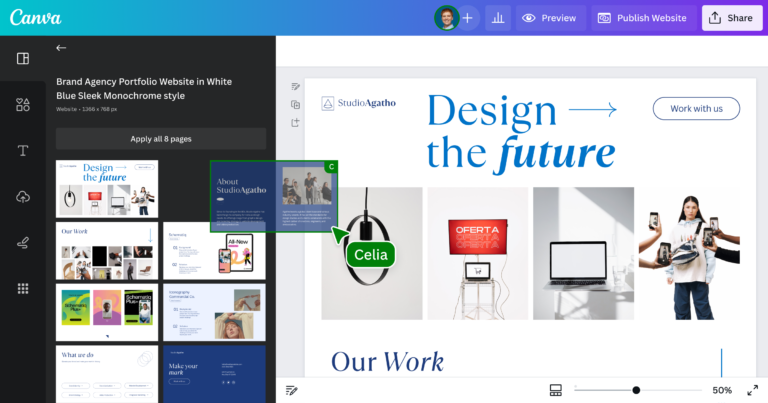- Creates a Strong First Impression: In a crowded market, your logo is often the first introduction to your brand. A professional logo sets the tone for what customers can expect from your business.
- Boosts Brand Recognition: A unique and consistent logo ensures that your business is easy to recognize and remember, even in a competitive industry.
- Communicates Your Brand Values: Your logo is a visual representation of your business’s mission and values, helping customers understand what you stand for.
- Builds Customer Trust and Loyalty: A strong logo creates familiarity and trust, encouraging customers to return and recommend your business.
- Differentiates You from Competitors: A distinctive logo helps set your business apart, making it more appealing to potential customers.
- Simplicity: A simple design is easy to recognize and versatile enough to work across various platforms and mediums. Avoid clutter and unnecessary details.
- Relevance: Your logo should reflect your business’s identity, industry, and audience. For example, a tech company might use sleek, modern fonts, while a children’s brand might use bright colors and playful designs.
- Versatility: A great logo works well in different sizes and formats, whether on a business card, website, or billboard. It should also look good in both color and monochrome.
- Memorability: Incorporate unique elements that make your logo stand out, such as a creative icon, clever typography, or smart use of negative space.
- Timelessness: Focus on a design that will remain relevant for years rather than following fleeting design trends.
- Colors: Colors evoke emotions. For example, blue conveys trust, red suggests energy, and green represents sustainability. Choose colors that align with your brand’s message.
- Typography: Fonts play a critical role in shaping your logo. Serif fonts convey tradition and professionalism, while sans-serif fonts are clean and modern.
- Symbols or Icons: If relevant, include a simple yet meaningful icon that represents your brand’s values or services.
- Layout: Keep the design clean and balanced to ensure it’s visually appealing and easy to read.
- Overcomplicating the Design: Simplicity is key. A cluttered logo can confuse your audience and be hard to replicate across platforms.
- Ignoring Relevance: Ensure your logo aligns with your brand’s values and industry. A playful logo might not work for a professional law firm.
- Following Trends Too Closely: Trendy designs may look great now but can quickly become outdated. Aim for timelessness instead.
- Using Generic Icons: Avoid overused symbols or stock images that fail to differentiate your brand.







